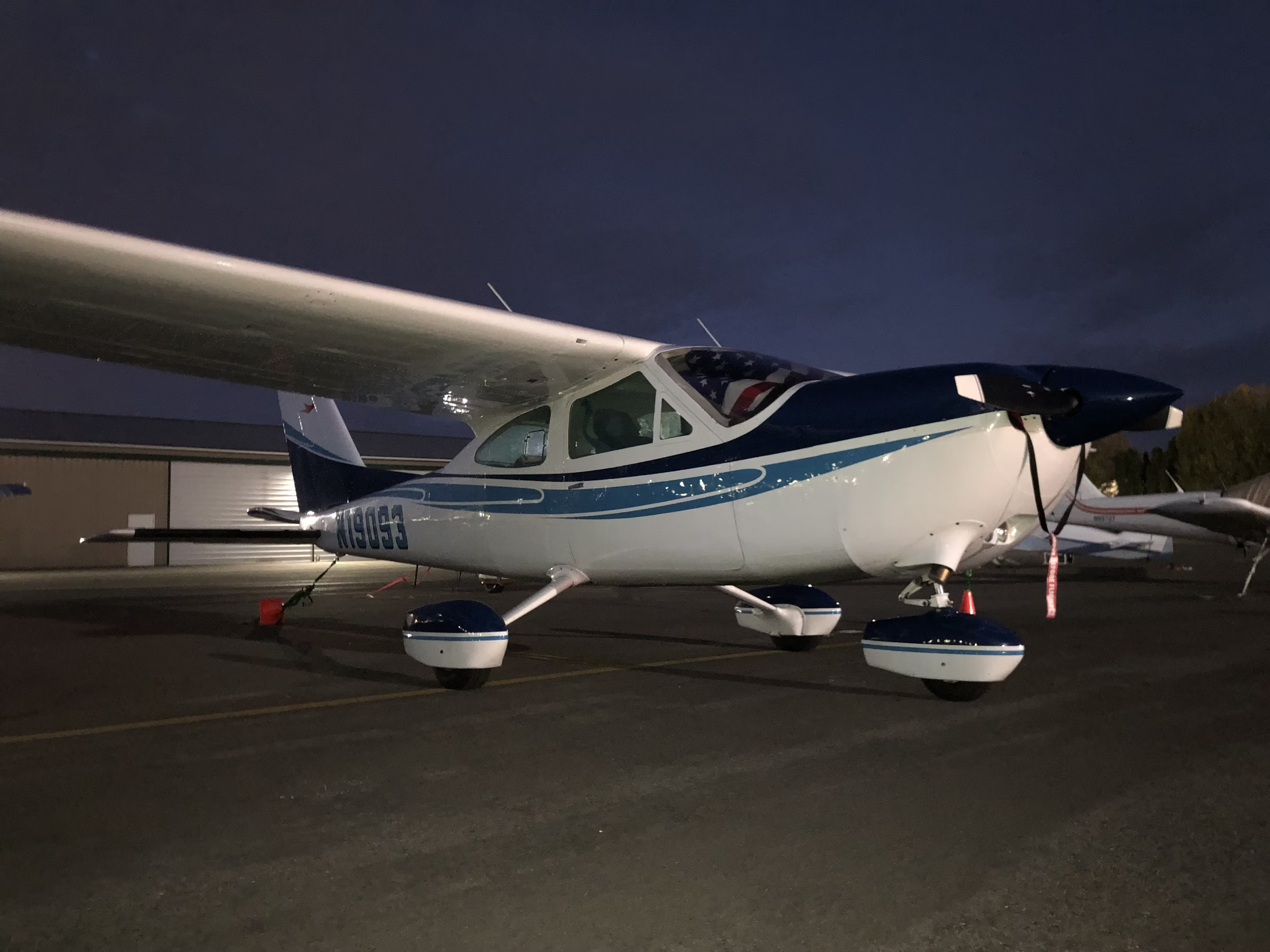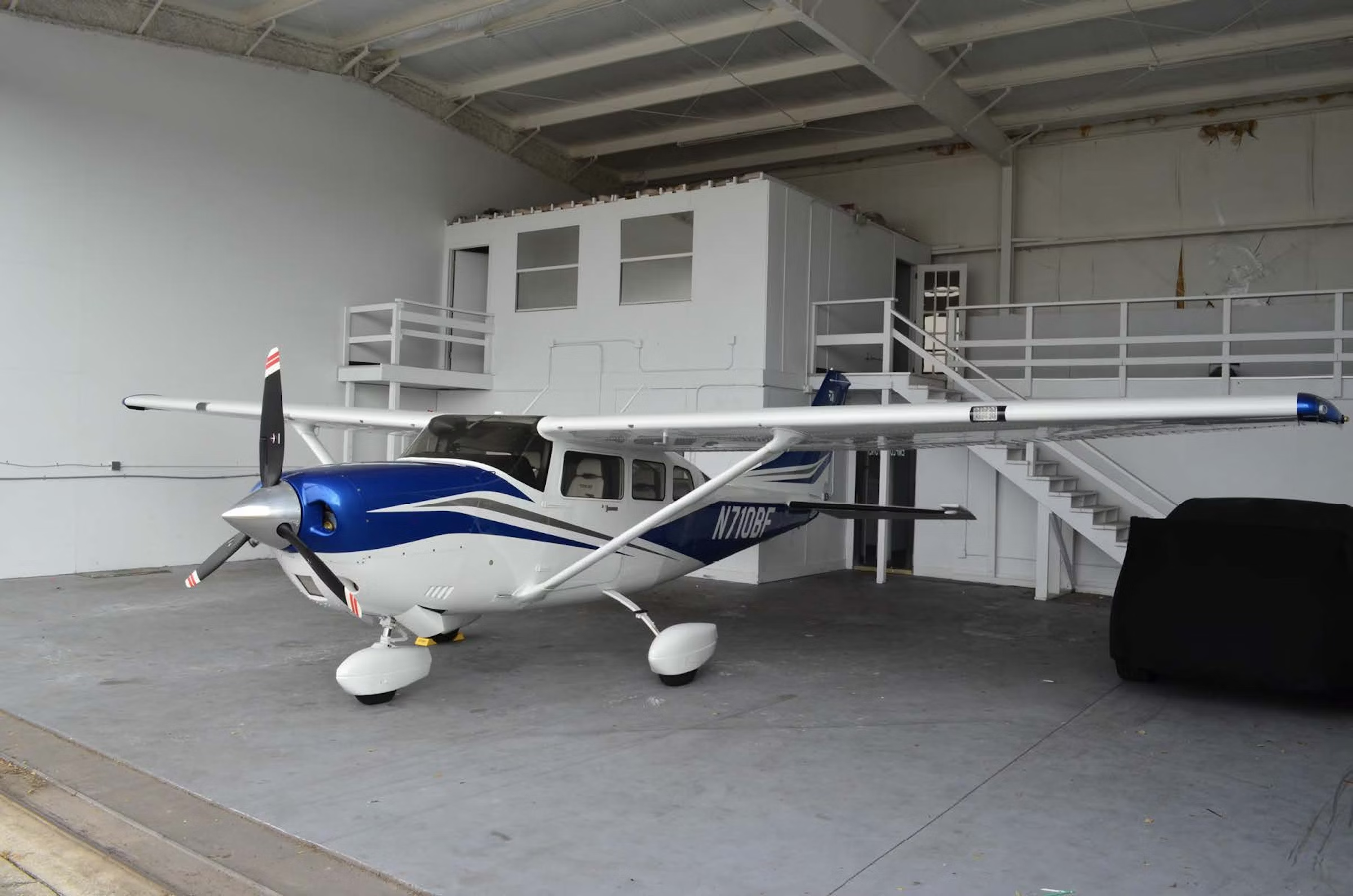Textron Aviation Unveils Cessna Citation Ascend in Geneva
The $16.25-million Cessna Citation Ascend by Textron Aviation will be the fifth-generation Citation 560XL when it arrives in 2025.

Textron Aviation’s Cessna Citation Ascend continues the XLS line with a new model that is planned to enter service in 2025. [Textron Aviation]
Could this be a mini Citation Latitude? That was my first impression when I saw the Cessna Citation Ascend mock-up at the European Business Aviation Convention and Expo in Geneva. Textron Aviation (NYSE:TXT) pulled back the curtain on the new model Monday morning at EBACE 2023.
The $16.725-million Ascend will be the fifth-generation Citation 560XL when it arrives in 2025, and its refreshed appearance heralds dozens of improvements aimed at sustaining demand for the best-selling business jet in the last quarter century. Almost 1,100 Excel, XLS, XLS+ and XLS Gen 2 Citations have been delivered since 1998. The Ascend has plenty of qualities aimed at extending this sales performance.
“The Cessna Citation Ascend builds upon more than 20 years of the 560XL series success in the market,” said Lannie O’Bannion, senior vice president, global sales and flight operations for Textron Aviation. “It’s designed to outperform and take our customers further in style.”
Under New Power
Most noticeably on the outside, it has a new and larger flight deck and cabin windows, giving it a sleeker, more contemporary appearance. Under the cowls, Pratt & Whitney Canada’s 4,213 lb thrust PW545D engines offer a modest 1 percent thrust increase, but they’ve been upgraded with more efficient high-pressure cores that boost flow rate and improve durability, compared to the PW545C powerplants that propel the Ascend’s predecessor, the Citation XLS Gen2.
The PW545Ds also have enhanced deep-fluted mixer nozzles to mix hot core gas and cold bypass air flows in the exhaust section with less turbulence, resulting in better fuel efficiency and reduced noise. Mid-life inspection and overhaul intervals have been extended to 3,000 hours and 6,000 hours respectively for operators enrolled either Textron Aviation’s pay-per-hour PowerAdvantage or PowerAdvantage+ program, or PWC’s private-label Eagle Service Plans tailored for Textron Aviation’s requirements.
The turbofans’ full authority digital engine controls (FADECs) are specifically designed to link up with PWC’s Flight, Acquisition, Storage, and Transmission (FAST) system that allows all engine perimeters to be monitored and analyzed by the engine manufacturer to spot trends and to identify maintenance actions before they become serious problems.
Into the Interior
Inside the Ascend, there’s a new flat floor made possible by filling in the 8-inch dropped center aisle. The new model has upgraded passenger chairs and beefier acoustical insulation to sop up more sound. Interior sound levels now approach those of Textron Aviation’s super-midsize jets.
The inflight entertainment package features a Bongiovi Acoustics speakerless, surround-sound system and upgraded WiFi connectivity package, including standard Iridium SATCOM and GoGo L3 air-to-ground communications.
The Ascend has dozens of other improvements likely to be appreciated by passengers, including electrically actuated dual-mode translucent / opaque window shades, 19 USB-C charging ports—including at least one for each seat—and 6 wireless PDA charging stations, along with electric push-button release of seat movement mechanisms that make for easier adjustment and a cell phone or PDA app to control the Clairity cabin management system.
Options include a higher speed GoGo L5 internet transceiver, “luxury vinyl” or stone flooring for the galley and lavatory, adjustable lumbar supports for seat backs, and choice of soft, medium or firm bottom seat cushions. Available illuminated cabin window frames create soft halos around the transparencies that make them appear even larger than they are. For customers needing 8 inches more headroom in the main cabin, the previous dropped center aisle configuration is available in place of the flat floor.
On the Flight Deck
The Ascend promises to reduce pilot workload in many ways. The APU now is approved for unattended operation, so one pilot can look after passengers while the other focuses on preflight preparations. There’s a new light on the bottom of the left engine pylon to illuminate the aft baggage compartment loading zone at night. Up front, the flight deck has the latest version of the Garmin G5000 integrated flight deck, including autothrottles (all-engine only), four touchscreen control units, and high-resolution synthetic vision.
The Ascend’s G5000 avionics package will be the first to offer Garmin’s 3D exocentric view airport diagrams on PFDs, including runway and taxiway signs, obstacle symbols, and building images. A few years ago, this feature only was available on $50-million-plus jets equipped with Honeywell Primus Epic avionics. Garmin’s plans call for upgrading the 3D airport diagram system to display ADS-B In imagery of proximate aircraft, fuel trucks, and service vehicles. No longer will taxiing safely between the ramp and runway in low visibility conditions be more challenging than flying from takeoff to touchdown in solid IFR.
Textron Aviation confirmed the Citation Ascend will achieve a range of 1,900 nm at high-speed cruise, and 2,100 nm at long-range cruise—the same performance as the last-generation XLS. It will also retain the ability to link city pairs such as London City, England, to Athens, Greece; Helsinki, Finland, to Porto, Portugal; or La Mole, France, to Prague, Czech Republic, with four passengers at high-speed cruise.
EBACE attendees can see the Citation Ascend interior mock-up for themselves at Textron Aviation booth T-26 during the show.

Sign-up for newsletters & special offers!
Get the latest FLYING stories & special offers delivered directly to your inbox






